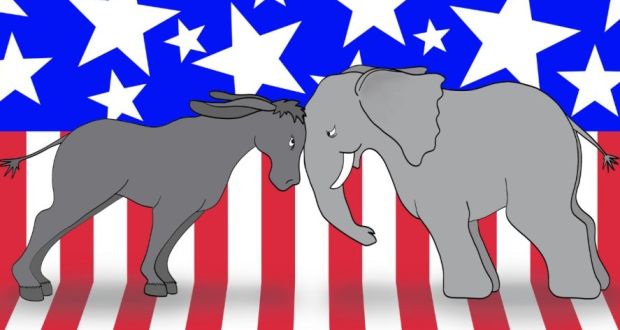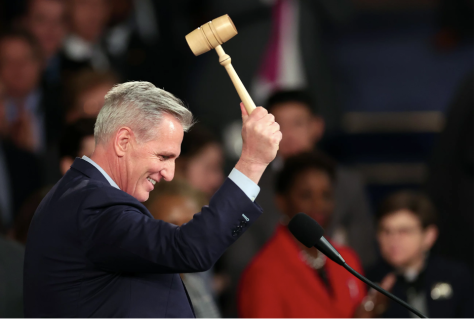Clashing Campaign Strategies Before the Presidential Election
As the 2020 presidential election grows closer, both candidates are vying for certain states that will help them maximize their electoral college votes and their chance of winning, called battleground states. Historically, these states have had close elections and can go to either the Republican or Democratic candidate by just a small margin. Florida is one of these key swing states, as well as Michigan, Pennsylvania, and more.
President Trump got Florida’s 29 electoral votes in 2016 and is strategically trying to do so again. He has implemented a “Fighters Against Socialism” bus tour for his Florida campaign stops, which aims to gain votes from the state’s large Cuban-American population. President Trump hopes to achieve this by alluding to Cuba’s history that he said has similarities to the Democratic Party in the U.S.
Vice President Biden has taken a different approach and is instead focusing on gaining the votes of Floridian seniors, as they are one of the groups that has been most impacted by the pandemic that he said was mishandled under the Trump administration. Because his target group in Florida is those who have been impacted by the COVID-19 pandemic, Vice President Biden has also been focusing on healthcare policies to appeal to voters.
Michigan has very different voter demographics than Florida as a state that has many blue-collar working class citizens. President Trump won Michigan in 2016 and is trying to get its 16 electoral votes again by addressing their economic concerns and saying that he will bring back manufacturing jobs to the U.S.
The Biden campaign has focused on reaching out to a large number of voters in Michigan in hopes of increasing support. He also gave a speech about manufacturing and met with union workers in hopes of turning Michigan blue after many Democrats falsely assumed in 2016 that it would remain a primarily Democratic state.
Similarly to Michigan, the Trump campaign is focusing on rural, working-class voters in another Rust Belt state, Pennsylvania. His strategy is different from other candidates’ attempts in the past, because typically, they have focused most of their resources on larger cities in swing states. President Trump is attempting to appeal to small towns and suburbs in hopes that those votes will add up to help him secure Pennsylvania again after its 20 electoral votes went to him in 2016.
Vice President Biden has chosen to focus on larger cities in Pennsylvania, such as Pittsburgh and Philadelphia. He also hopes to use voters’ sentiment to his advantage in Pennsylvania since he is a Scranton native and won this state twice with Barack Obama in 2008 and 2012.
Dr. Dimmy Herard, an AP Government and Politics and Comparative Government teacher in the Upper School, said that “Senator Harris most likely answered the debate questions about fracking in a very strategic way during the Vice Presidential debate. She emphasized that Vice President Biden is not against fracking because of these Rust Belt states; energy policy is particularly important to many of these voters and they often fear that their jobs may be taken away due to environment related policy changes, so she was trying to make the Biden Harris campaign’s stance on fracking very clear to that group of voters.”
Additionally, states that have not traditionally been considered swing states have come closer to flipping, although they may likely remain with the party their electoral votes have typically gone to in the past. These states include North Carolina, New Hampshire, Colorado, and more. Texas also has a large number of electoral votes (at 38) and it has recently become more left-leaning in its large cities such as Austin and Houston. However, it has consistently been predominantly Republican in the past and it appears that it likely will not flip during this presidential election.
It is difficult to guess which way swing states will vote in the upcoming election because their records have been so unpredictable. Both candidates appear to be focusing much of their attention on these key battleground states to strategically maximize their votes, particularly in Florida, Michigan, and Pennsylvania.

Karly has been writing for the paper for two years and currently serves as the Opinion section editor. She enjoys writing for the news and opinion sections...
































![Stranger Things 4: What to Expect [Warning: Contains Spoilers]](https://pcpawprint.com/wp-content/uploads/2021/11/StrangerThings4-900x473.jpeg)



























































